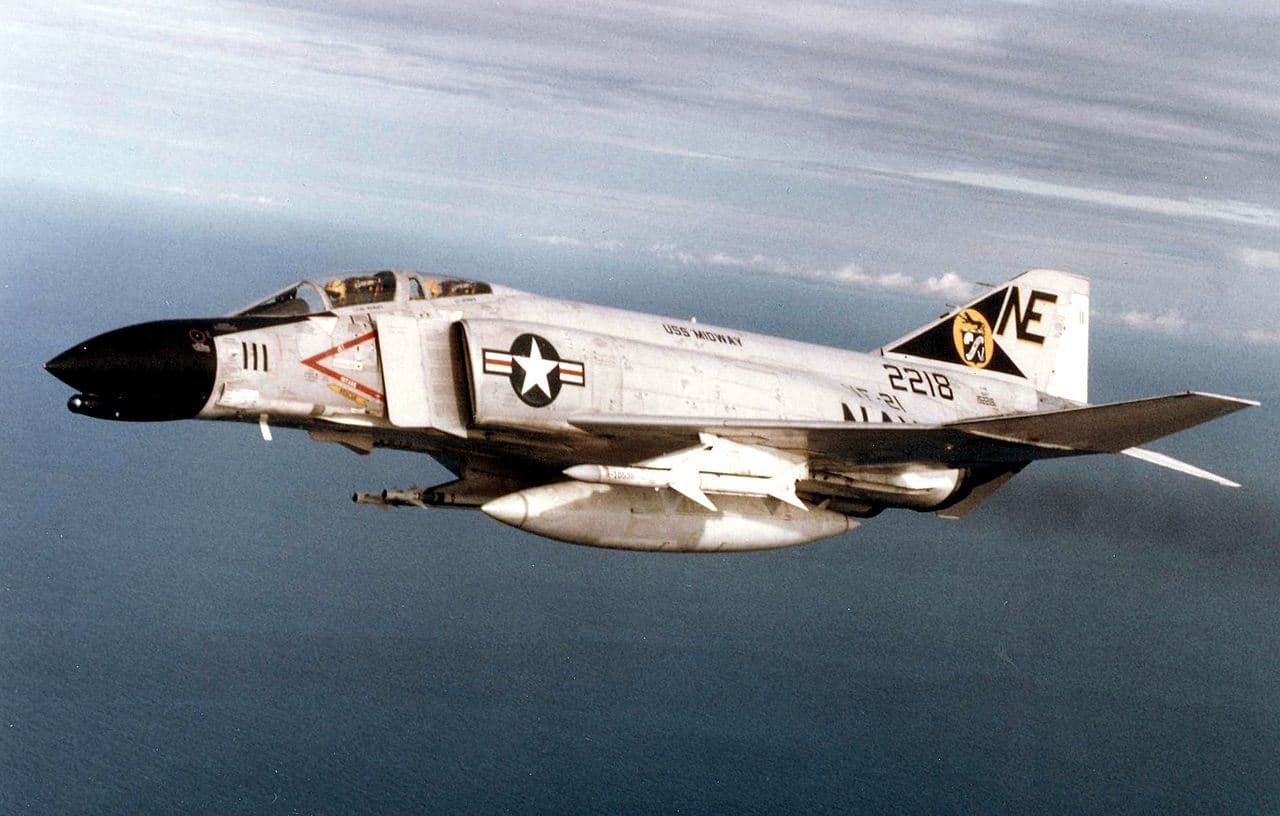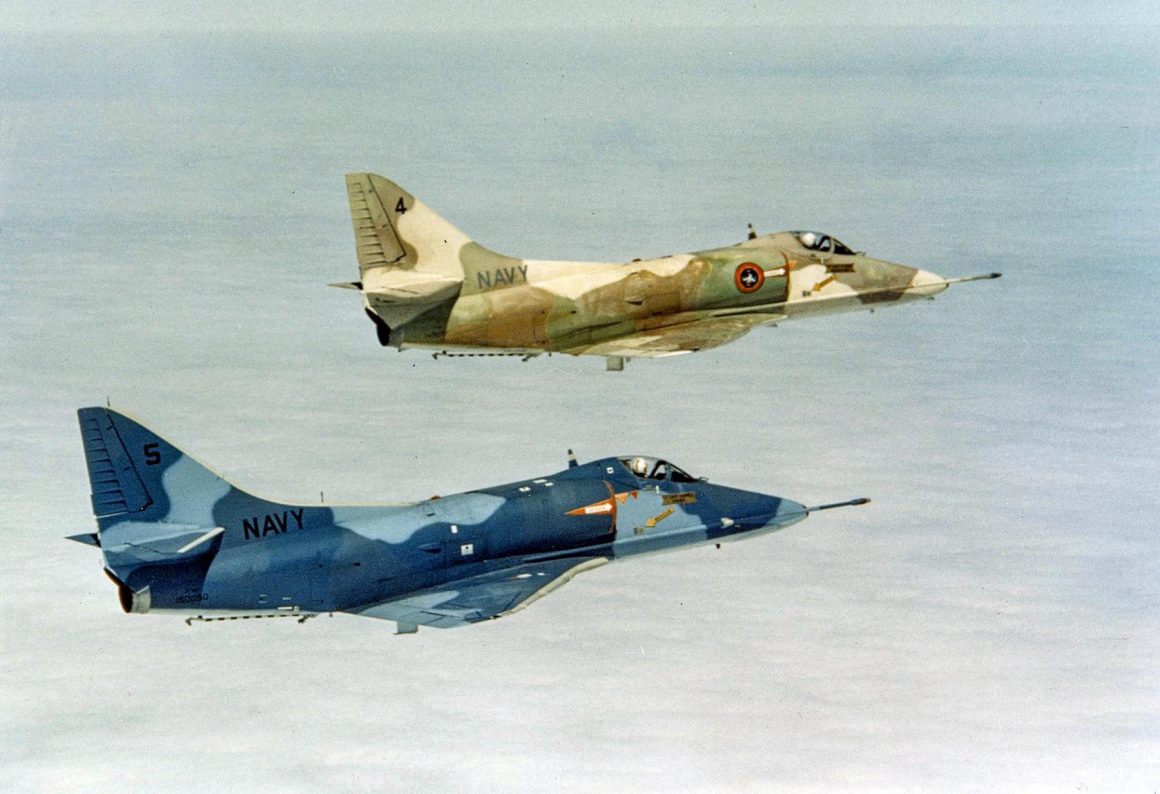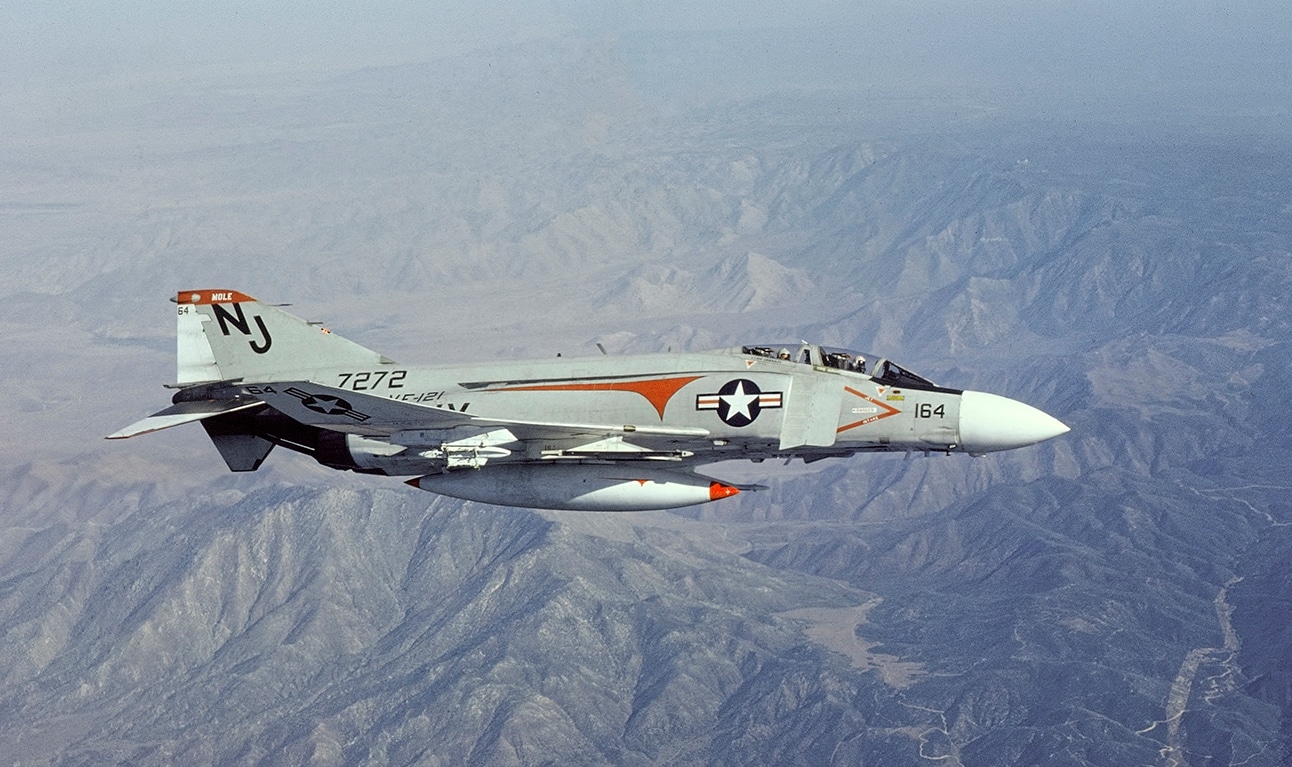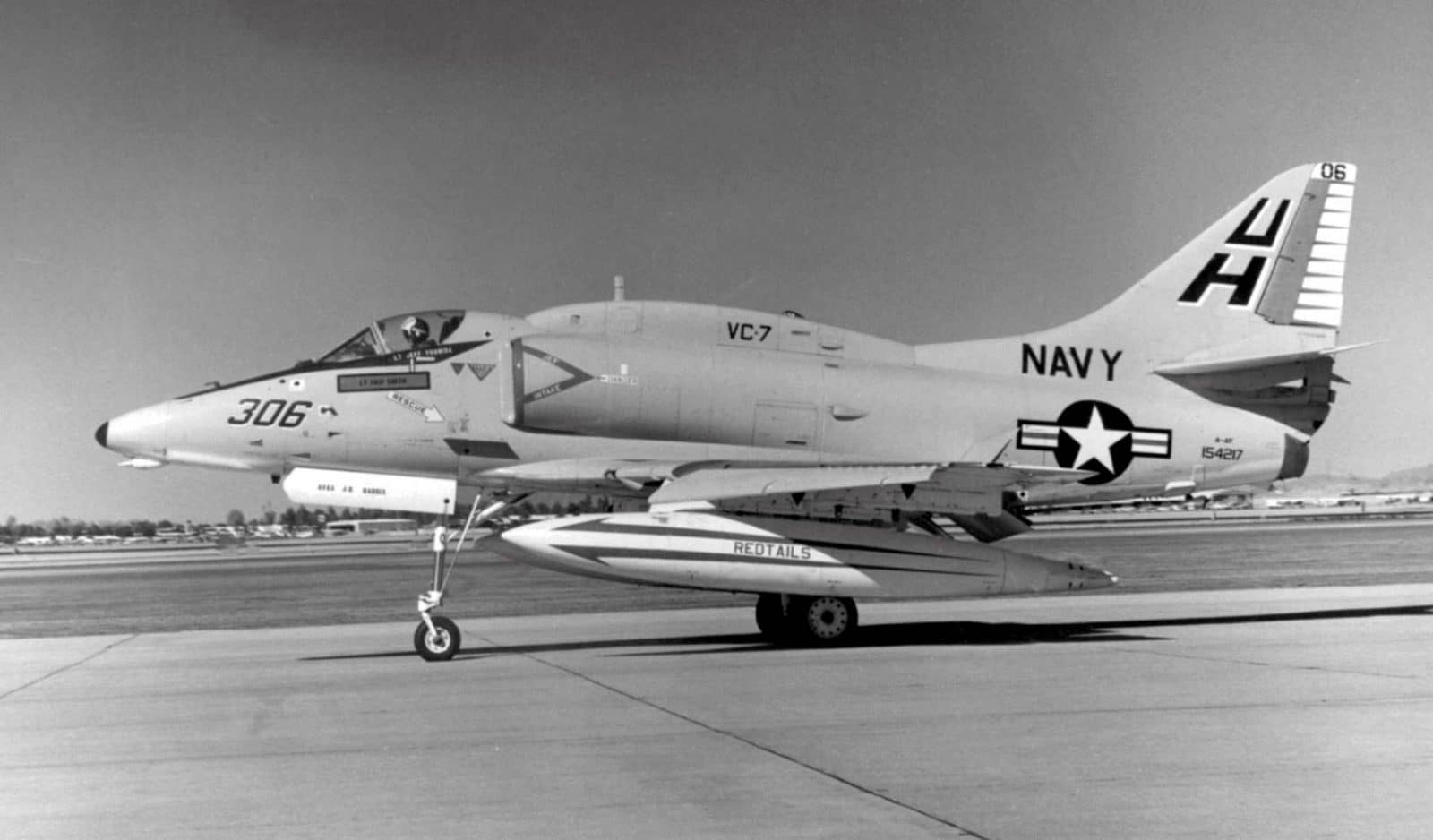The Genesis of a Game-Changing School
Based upon the findings published in the Ault Report, the Navy concurred with Ault’s conclusion that an advanced fighter weapons school be established with the goals of improving aircrew ACM skills, coordination between Navy pilots and radar intercept officers (RIOs), and essentially giving each crew the experience of having fought multiple simulated but realistic ACM engagements before entering actual combat. Once a graduating crew went back to their fleet squadron, they would pass along what they had learned to their squadron mates. Subsequent graduates of the school would pass along the latest gouge when they returned to the fleet, resulting in a perpetual culture of skills development and maintenance among fighter aircrews.

Making Air Combat Training More Realistic
In essence the objective of the school was to teach ACM tactics using Dissimilar Air Combat Training (DACT). DACT essentially utilizes American aircraft that are flown using the tactics, performance envelopes, and handling characteristics of the Soviet fighters the fleet aircrews could expect to encounter in then-current and future conflicts.

The Impersonators
At first, standard A-4 Skyhawk attack aircraft were used to simulate the MiG-17 Fresco and occasionally the MiG-19 Farmer. Borrowed Air Force T-38 Talons mimicked the MiG-21 Fishbed. Any other available aircraft, such as Navy and Marine A-6 Intruders, Navy Reserve F-8 Crusaders, Air Force F-100 Super Sabres, F-106 Delta Darts, and others could be and were used to provide simulated Soviet-bloc aircraft for the school’s student aircrews to engage.

FAGUs Seasoned Early TOP GUN Instructors
TOP GUN began as a part of the west coast F-4 Phantom II replacement air group (RAG), VF-121 Pacemakers. The initial instructors were primarily F-8 pilots who started building the syllabus. Years earlier the Navy had stopped dedicated aerial gunnery training in the belief that the advent of the radar-guided missile had made aerial gunnery obsolete. Many of the F-8 pilot instructors were graduates of these gunnery training units (known as Fleet Air Gunnery Units or FAGUs).

Training Both Sides of the Equation
Tasked with training new pilots to fly and fight the F-4 Phantom II, VF-121 could only supply one side of the training equation. Other Miramar-based units, such as VC-7 Tallyhoers and VF-126 Bandits, played the role of the aggressors. Having started playing the role of adversary in April of 1967, The Bandits eventually became the school’s dedicated aggressor squadron.

Earning an Early Rep and Paying Early Dividends
TOP GUN quickly established a reputation for producing aircrews who had already fought several realistic engagements against the aircraft they would take on for real in the skies over Vietnam. The school had started off on a shoestring budget with no resources, but TOP GUN graduates had been returning to the fleet and disseminating what they had learned to their squadron mates.


[…] Control squadrons for many years. The installation is also forever famous for its association with TOP GUN, the Naval Fighter Weapons School (NFWS) now located at NAS Fallon in Nevada. Uploaded to YouTube by sdasmarchives, the film includes some […]
TOPGUN, One word, all caps.